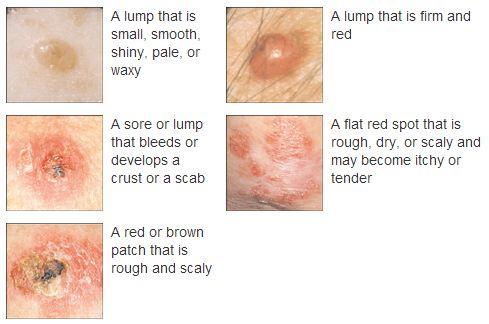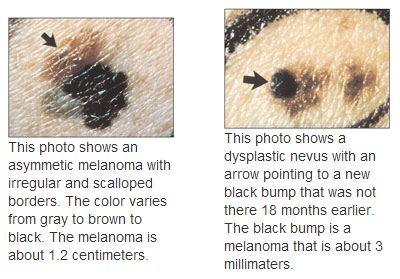For The Latest Medical News, Health News, Research News, COVID-19 News, Pharma News, Glaucoma News, Diabetes News, Herb News, Phytochemical News, Thailand Cannabis News, Cancer News, Doctor News, Thailand Hospital News, Oral Cancer News, Thailand Doctors
Different types of skin cancer may have different symptoms. These include changes in the skin that is affected. Sometimes skin cancer may begin from an abnormally growing mole, discoloured skin, ulcers and wounds over skin that does not heal. There may be changes in existing moles such as development of jagged edges, and enlargement of the lesion.
Symptoms of basal cell and squamous cell cancer are more common as these are more commonly found than melanoma. A change on the skin is the commonest sign of these cancers. There may be an ulcer or sore that does not heal or a new growth or a change in an existing growth over the skin. Not all skin cancers look the same. Usually there is no pain associated with the cancer.
Common symptoms of basal cell or squamous cell skin cancer include:

The first sign of a melanoma is usually a change in an existing mole. There may be a sudden or gradual change in shape, color, size, or consistency of feel of the mole.
The symptoms of malignant melanoma are often remembered according to the mnemonic – “ABCDE”. These include:-
